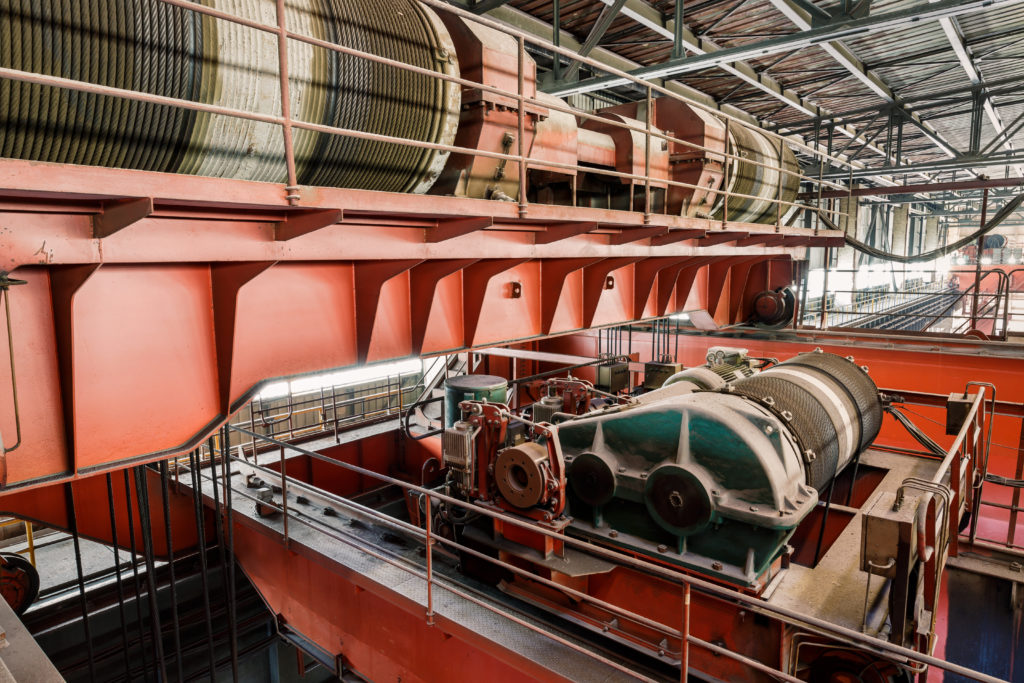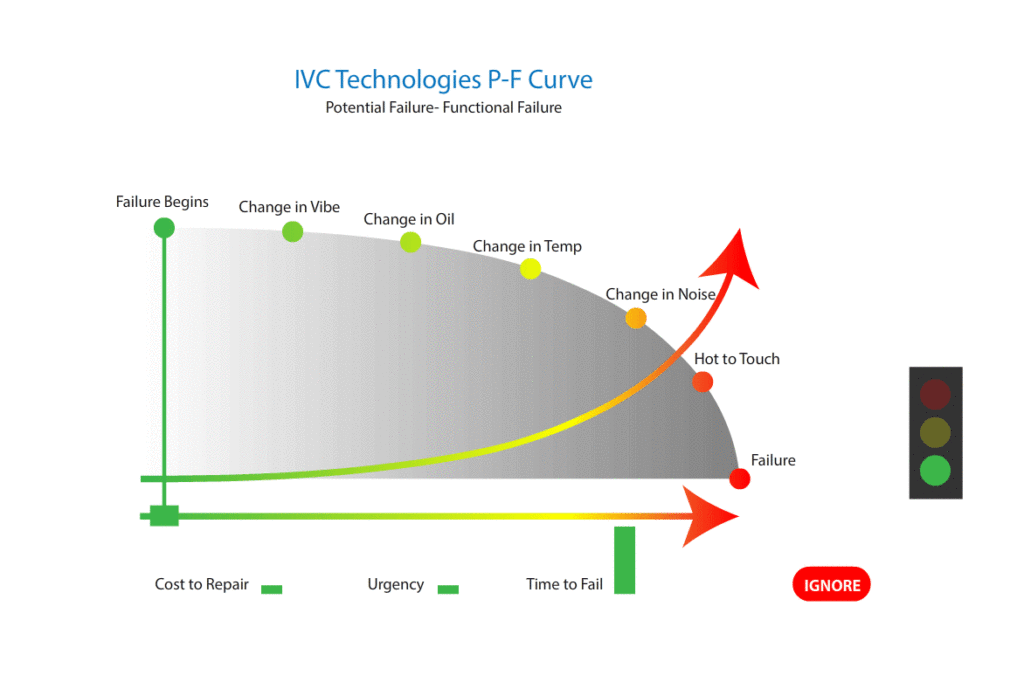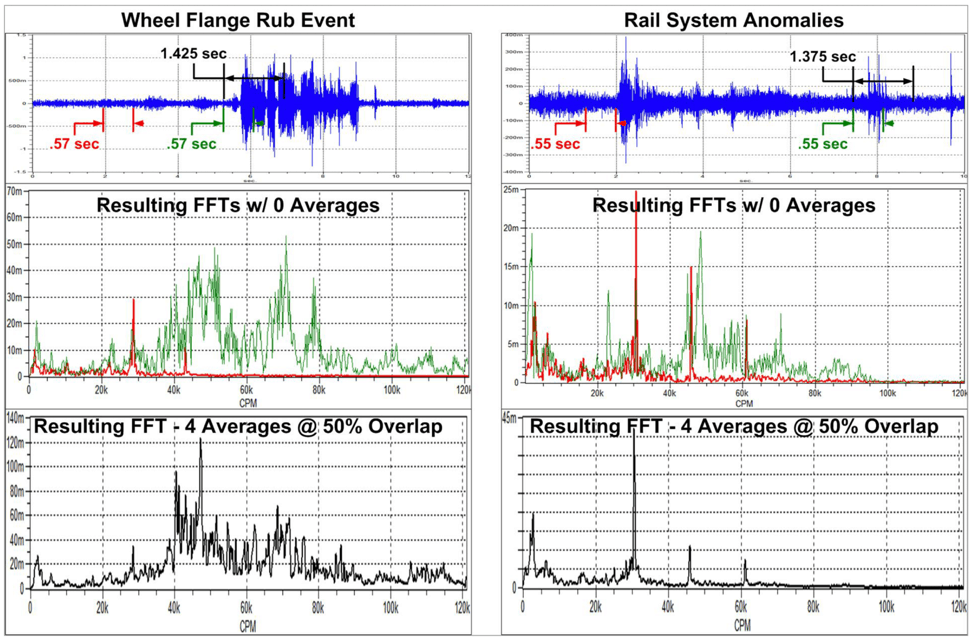
Installing a crane in your facility is a huge monetary investment and one you’ll want to protect. Just like with a car or any other piece of equipment or machinery, a crane needs regular inspections and maintenance to prolong its life, keep it operating at optimum efficiency, and to ensure employee safety.
Yet cranes remain some of the hardest assets in a facility to access for inspection and maintenance purposes. There are OSHA regulations in place that purposefully limit access due to the inherent safety risk involved.
As a result, additional inspections are often ignored in favor of only the OSHA annual inspection requirements. However, by not verifying the reliability of your crane’s critical drive components, you are putting your operation at unnecessary risk.
What’s our focus?
At IVC, we encourage our clients to implement a comprehensive, well-rounded predictive/preventive maintenance program that includes vibration analysis, along with regular visual inspections and maintenance performed by a specially-trained professional in accordance with the crane manufacturer’s recommendations as they are based on the duty cycle and capacity of your specific crane.
Relying too heavily on visual inspection can result in operating close to failure
Visual inspections of structural components and reporting defects such as cracks/corrosion etc. is common practice and a critical part of overall crane maintenance. However, the issue with relying too much on visual inspection is that by the time a defect can be visibly identified, the component in question is already operating close to functional failure which could result in catastrophic damage or even loss of life. (Figure 1).
 Figure 1: P-F Curve
Figure 1: P-F Curve
In addition, visual inspections are typically reported by exception and not on every structural component. Too often, this leads to missing components, inefficient reporting and, inconsistent condition tracking.
You can’t manage what you aren’t measuring correctly
The value of vibration analysis
The overall objective of applying vibration analysis to your crane maintenance is to improve uptime as well as your crane’s ability to perform its intended function – reliably.
Rather than waiting for equipment to break down before performing maintenance, vibration analysis can identify potential problems much earlier within the equipment (i.e. not detectable yet in a visual inspection) before they have a chance to snowball and cause the equipment to go offline.
The data and subsequent report our analysts are able to generate through monitoring the condition of your critical components (via their vibration signature) is detailed, efficient and consistent. It provides invaluable insights for troubleshooting, inspection, trending, and analysis.
Crane skew and alignment issues detected with vibration analysis
A common problem encountered with cranes is skew and alignment issues. Crane skewing problems show up in vibration surveys as a high-frequency anomaly with a large raised noise floor and can be seen while performing transient vibration inspections. A transient event is an increase in vibration amplitudes lasting only for a short time that is non-periodic in nature.
These transient events are most prevalent in the systems associated with the crane rails, such as bridge and trolley drive assemblies. Sources of transient events in these systems can stem from:
- Defects or seamed sections in the rails
- Debris built up on the rails
- Problems with the anti-skewing drive control software that might allow for random wheel flange contact with the railing.
While there will be useable data found within the waveforms taken during these transient events, the transient event duration may make FFT analysis of the signal problematic even when proper averaging is performed.
As an example of this, two scenarios have been shown below in Figure 2 highlighting a long duration transient event (wheel flange rub) compared to relatively shorter duration transient events (rail system anomalies). This usually leads our analysts to direct the customer to perform visual inspections of the wheels for confirmation.

Figure 2: Transient Vibration Effects on FFT Analysis
Keeping your crane at optimum performance
Cranes are a valuable asset to any manufacturing facility and a significant investment. The complexity involved in maintaining them is daunting and if not done consistently, can have catastrophic consequences.
We welcome the opportunity to address all of your crane vibration needs. At IVC, we have over 34 years of experience with making sure our clients’ cranes are in compliance with industry requirements. Contact us today.
